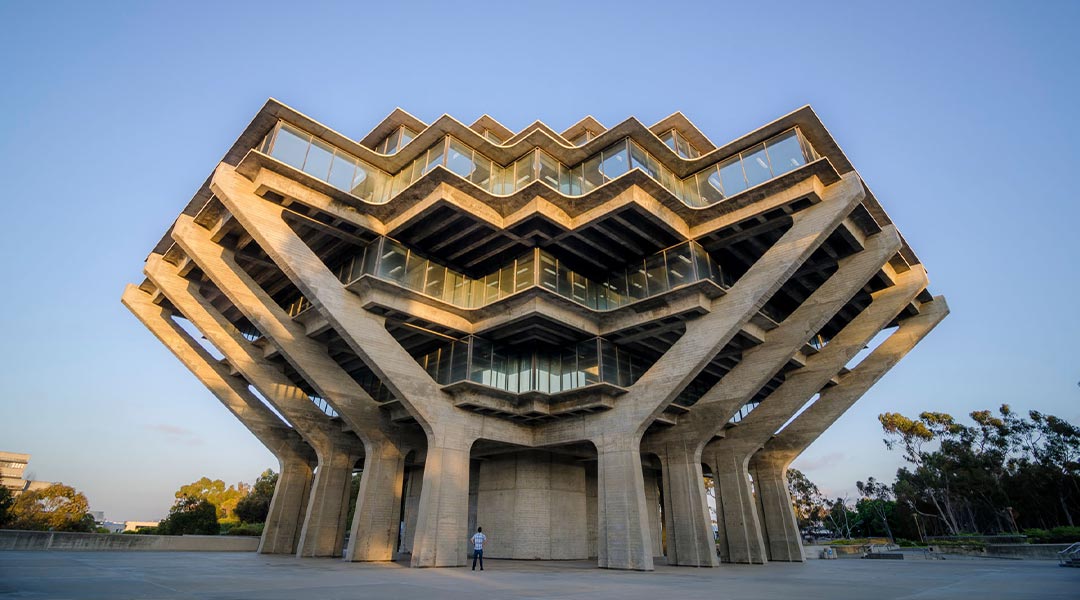
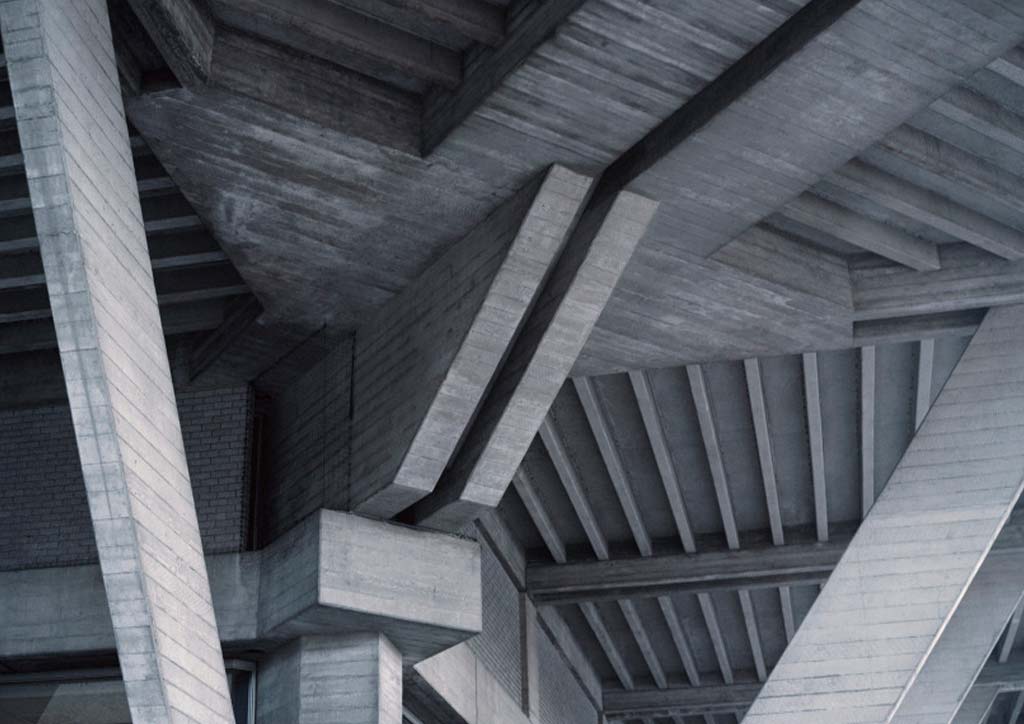
www.architectuul.com

www.architectuul.com
Space, light, and order. These are the things men need as much as they need bread or a place to sleep.
– Charles-Édouard Jeanneret (“Le Corbusier”)
Brutalist architecture is known for its simplicity, honesty, and functionality. Typically, its façade features boldness and heavy use of concrete – textures from untreated and corrugated to bush-hammered, followed by brick, stone, sheet metal, and wood. This architectural style exploded into popularity during the post-war era where it became the quick and economical solution to rebuilding cities. The term “brutalism” originated from the French “béton brut” or “raw concrete” used by Le Corbusier which was later changed by British architectural critic Reyner Banham as an identification to the new style. It’s a style of transparency wherein the main function of the building stays true to itself – translating the building’s purpose for the users. With this characteristic, brutalism became a popular style for institutional buildings, universities, libraries, convention centers, and social housing. There are tons of examples of brutalism in architecture but here are some of the most influential ones.
READ MORE: Beauty Beyond Brutalism: Inside the Historic Architecture of PICC
La Cité Radieuse in Marseille, France
Literally translating to “The Radiant City”, this structure was built in 1952 and is the first and undeniably the most famous of Le Corbusier’s Unités d’Habitation buildings. This 18 story “vertical garden city” contains 337 apartments of 23 different layouts, all being supported structurally by the massive pilotis. It was listed as a UNESCO World Heritage Site on July 17, 2016, along with 16 other works by Le Corbusier around the world. Most architects and historians would always cite this wonder as a mark of the brutalism movement’s beginnings which started in France and spread all over the entire European continent before flowing into the Americas, Australia, and to various parts of Asia.

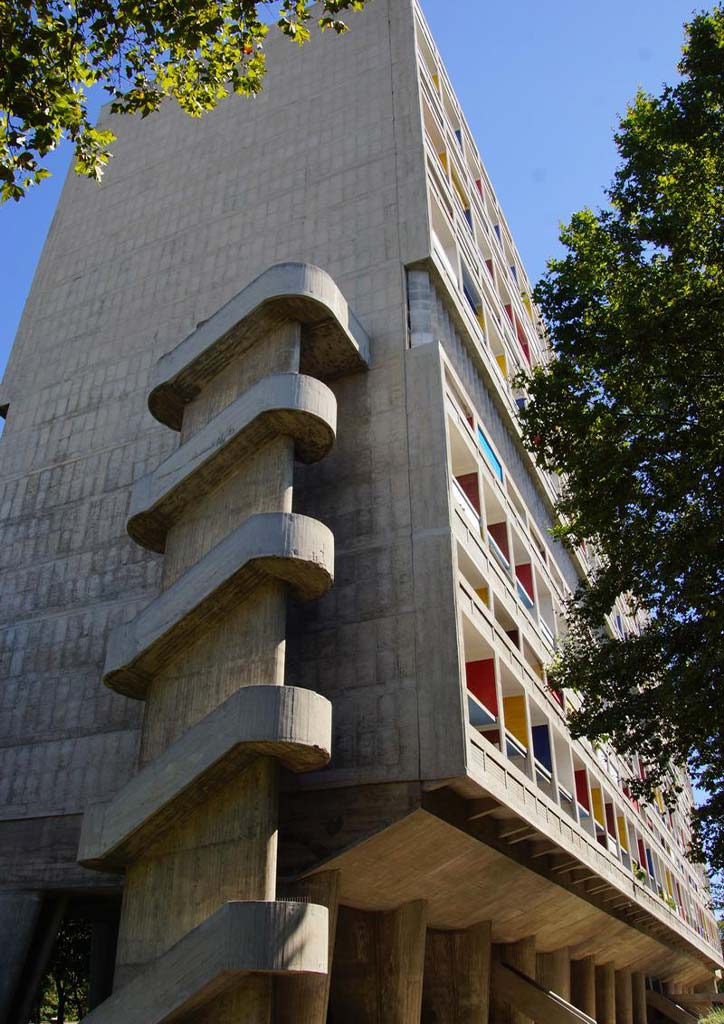
Habitat 67 in Montreal, Canada
Israeli Canadian architect Moshe Safdie, the design architect of Habitat 67 presumes that his structure is “anti-brutalist” and “a reaction against brutalism” because it claims a more refined and finished structure as compared to the “béton brut”. What makes it accepted as a brutalist wonder is that it’s made of “concrete boxes” and has an honesty to its function which is to provide individual module homes. The development was opened in 1967 and is made up of 354 identical prefabricated concrete forms arranged in various combinations that reached up to 12 stories in height, producing up to 146 residences. Habitat 67 redefined urban living by integrating the benefits of suburban homes – such as gardens, fresh air, and privacy with the density of the modular high-rise apartment building.
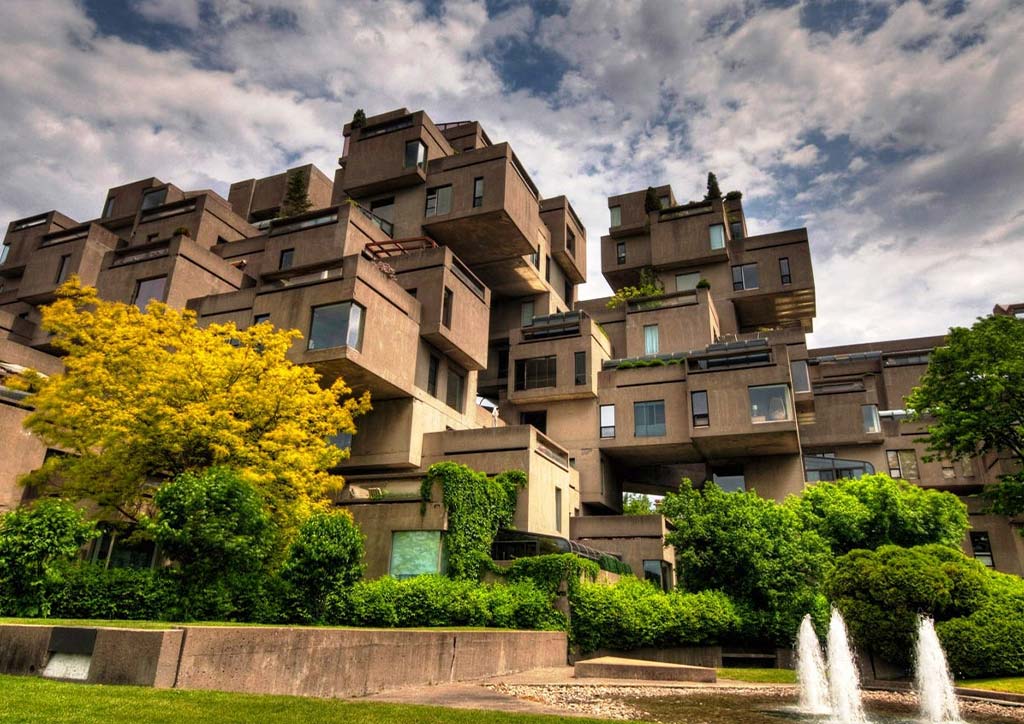
Yale University’s Rudolph Building in New Haven, Connecticut
Previously known as the Yale Art and Architecture Building, it was designed by American architect Paul Rudolph in 1963. Made of ribbed, bush-hammered concrete, this so-called spectacular “tour de force” has a total of 37 different levels on nine floors and was one of the earliest known examples of brutalist architecture in the U.S. What made the style convenient for such campus buildings is its low cost and ease of construction. Ultimately, it became the pioneer and model project for brutalist university buildings in North America.

The Geisel Library in UC San Diego, California
Constructed in 1970, the University of California San Diego’s Geisel Library was designed by American architect William Pereira. His striking design sits at the head of a canyon with its building arches and floors giving the impression of a hand holding up a stack of books. Its distinctive façade plays the influence of giving birth to new architectural movements as it is best described as “a fascinating nexus between brutalism and futurism”. The library is eight stories in height, houses over seven million volumes of books for education and research studies, and is equipped with generous spaces for individual and group study. Its third floor however is not accessible to the public to protect potential theft of the library’s private literature and art collections.
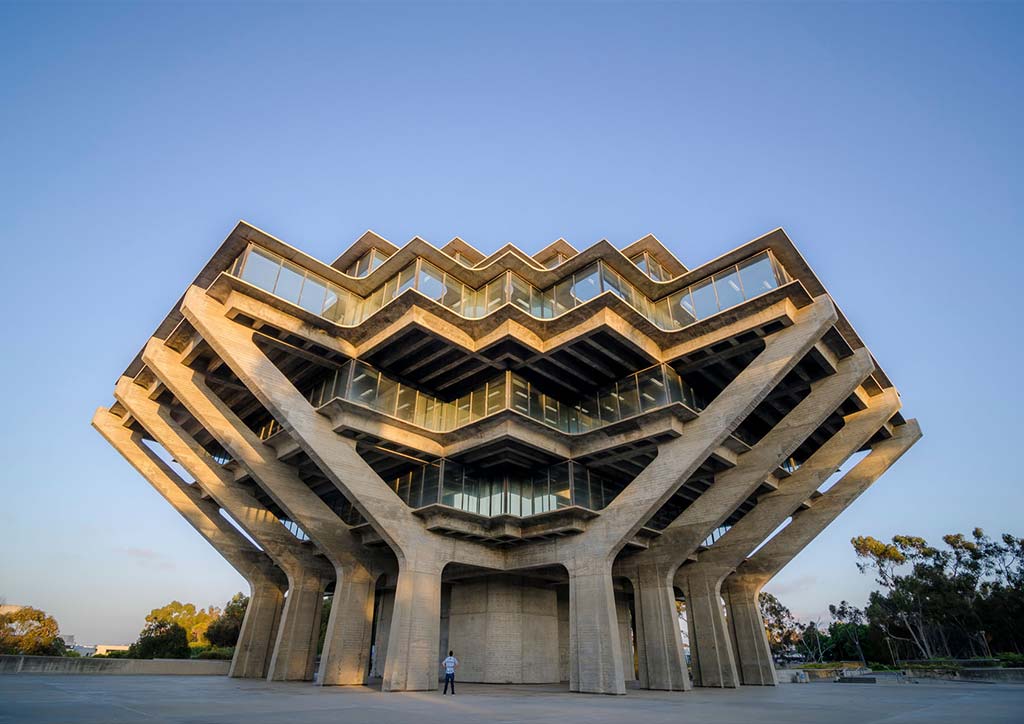
Like the fashion industry, trends have the characteristics of making a comeback but with a twist. The same is true with brutalism. This may not be blatantly in the form of new, 21st-century construction but more on preserving the old but good, sturdy, and functional buildings. One bold move is by adding plants, trees, and other green elements to the concrete beasts that, it brightens the space, give it more life, and make it more sustainable. This brings the exciting rise of eco brutalism. Though eco brutalism is still controversial, some countries have already experimented on the style and is something definitely to look forward to in the future of architecture.
READ MORE: The Staggering Beauty of Baroque Architecture


